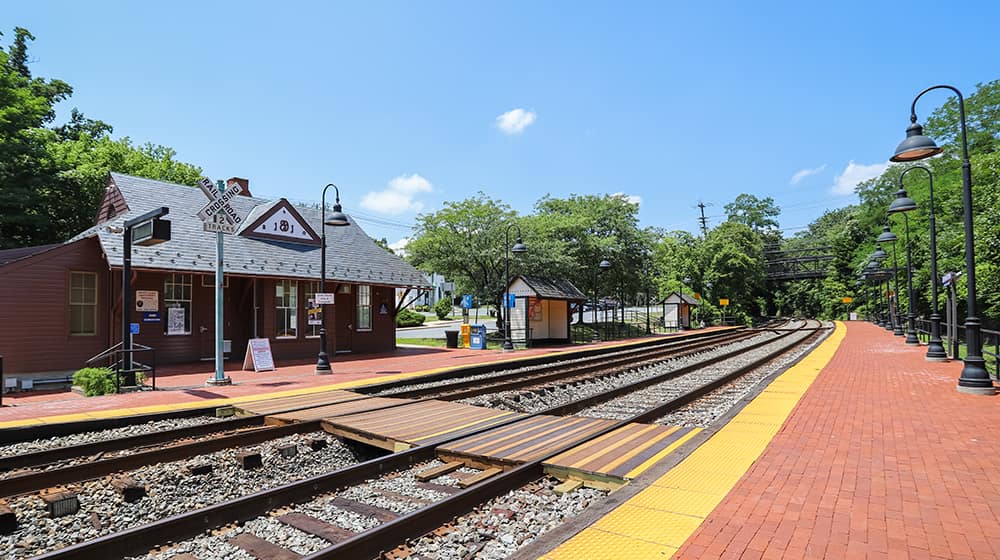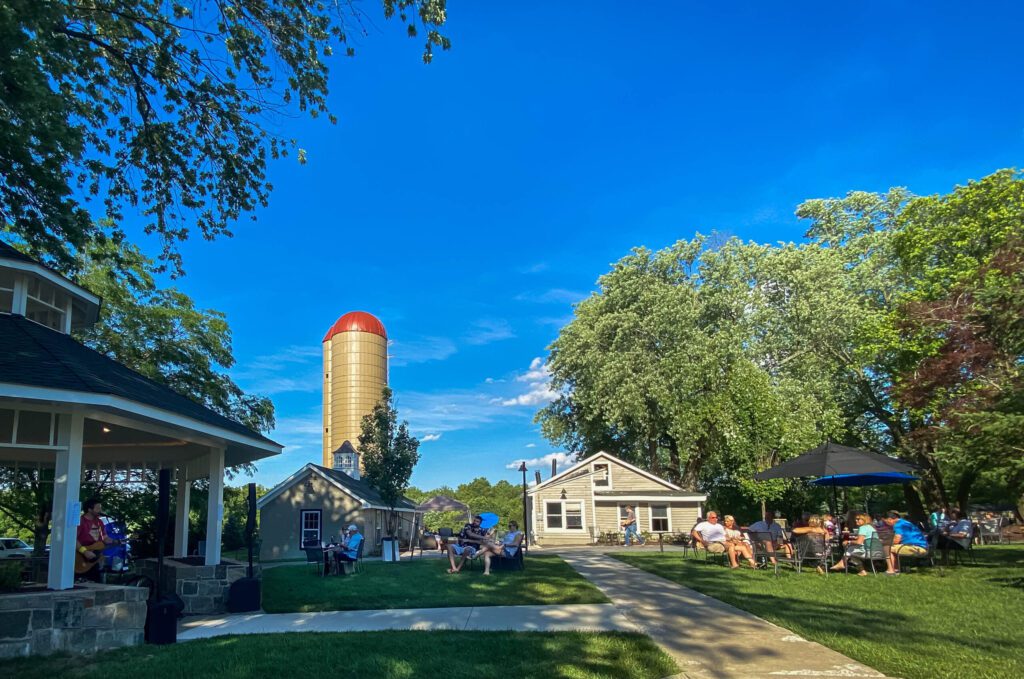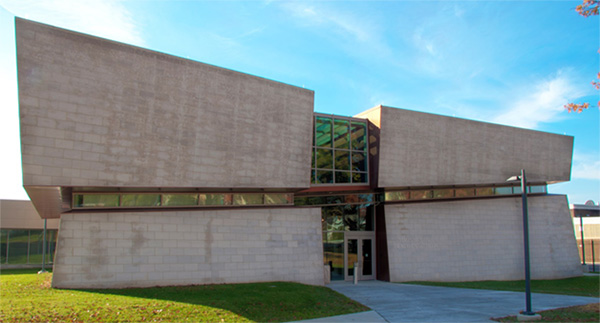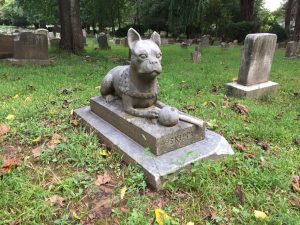
Presidents’ Day is a federal holiday celebrated on the third Monday in February to honor everyone who has served as president of the United States. Being so close to Washington, DC means that Montgomery County, Maryland was at the center of important events in our nation’s past. This President’s Day, connect with some of the darker stories in presidential history by visiting these historic sites.

Visit Brookeville, US Capital for a Day
On August 26, 1814, during the War of 1812, President James Madison and First Lady Dolley Madison were on the run from Washington, DC. Two days earlier, the British burned a number of federal buildings in the city, including what we now call the White House. After briefly going into his home state of Virginia, President Madison traveled north to Maryland to try to connect with American troops.
He, an officer, and a few soldiers made it to Brookeville, Maryland, where they needed to work and sleep for the night. They were put up in the home of Caleb Bentley and Mary Bentley Thomas, making Brookeville the temporary capital for one day. President Madison stayed up all night working before leaving the next day, as he was informed that the British were on the move to Fort McHenry in Baltimore. The Battle of Baltimore took place just a little over two weeks later and is considered a turning point in the War of 1812 that led to the Americans’ victory. It is also famous as the battle that inspired Maryland lawyer Francis Scott Key to write “The Star-Spangled Banner.”
Today in Brookeville, you can snap a picture of the capital for a day historic marker for Instagram, visit the historic Brookeville One Room Schoolhouse, stop in for a pint or event at Brookeville Beer Farm (one of the stops on the Tastemakers Trail), and enjoy a meal at The Manor at Silo Falls, an historic mansion on a breathtaking property.

See a Lincoln Artifact at the National Museum of Health & Medicine
Originally established during the Civil War as the Army Medical Museum, the National Museum of Health & Medicine (NMHM) has specimens and artifacts related to trauma and pathology from each major US armed conflict. Among the unique and sometimes gruesome treasure troves in its collections is the bullet that killed President Abraham Lincoln.
On April 14, 1865, President Lincoln was shot while attending a play at Ford’s Theatre in nearby Washington, DC. Among the doctors called in to try to help save him were surgeons from the Army Medical Museum. After the president died the following day, those surgeons recovered the bullet while performing his autopsy. Of the morbid artifact, NMHM says, “rarely can a museum claim to be as much a part of an event as it is the holder of its historical significance.”
Explore Germantown, Where a Lincoln Conspirator Was Captured
George Atzerodt (alias Andrew Atwood) was one of the conspirators in the plot to assassinate President Lincoln and other key members of the American government. Atzerodt immigrated to Germantown from Prussia with his family when he was nine years old, and he grew up in the city. After John Wilkes Booth carried out his part of the conspiracy by assassinating President Lincoln, Atzerodt left Washington, DC for his hometown. He was not very good at keeping his role in the plot a secret, though, and let enough slip for people to alert Army soldiers in nearby Clarksburg that he was acting suspicious. The soldiers arrested in him Germantown on April 19, 1865.
Today, Germantown’s rich suburban life consists of extensive agricultural land, scenic parks with endless hiking trails, a cultural festival, pick-your-own produce farms, and more. Explore everything there is to do in Germantown.

Pay Your Respects to a President’s Beloved Dogs
Aspin Hill Pet Cemetery & Memorial Park in Aspen Hill (yes, the spellings are different) is the second oldest pet cemetery in the country. The resting place for more than 50,000 pets of all types, as well as a few dozen humans, the cemetery is listed on the Maryland Inventory of Historic Properties and is considered eligible for listing in the National Register of Historic Places.
President Lyndon B. Johnson had three of his dogs cremated at Aspin Hill while he was in the White House, including his famous Him and Her beagles, before burying them at his ranch in Texas. Other famous pets interred at Aspin Hill include seven of J. Edgar Hoover’s dogs, Timmie, a beloved Washington, DC cat who lived in the National Press Building, military heroes, and four-legged movie and television stars.
